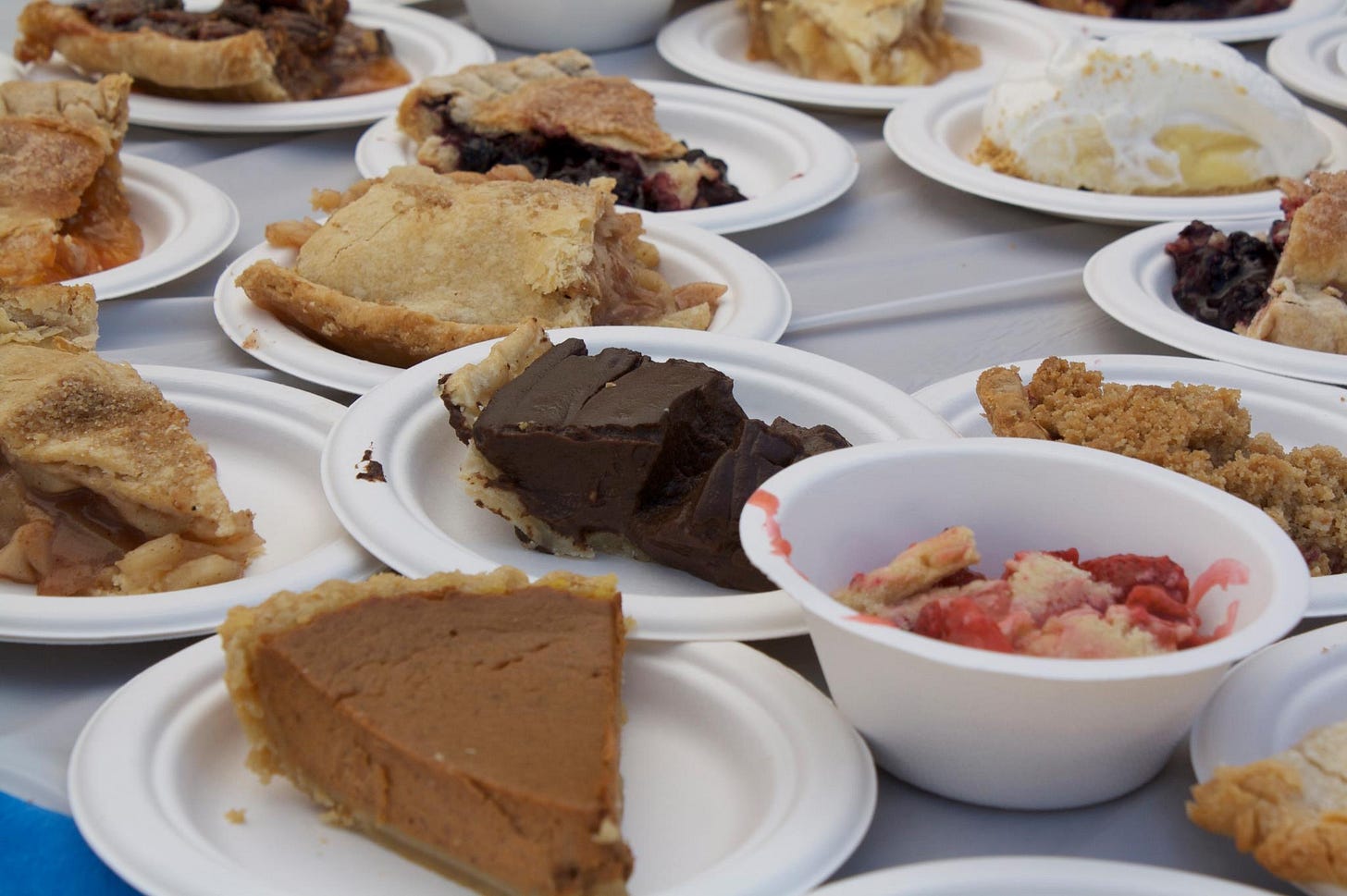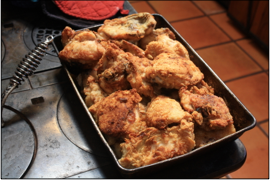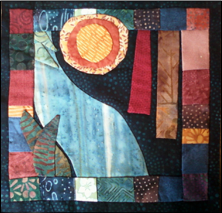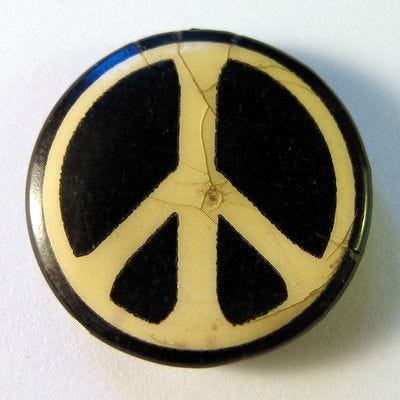What do people do? What do they know? What tools do they use?
Participant observation is a way of doing field research. This was the method I chose, which had me participating in community functions and events while observing through an ethnographer’s eye. Anthropology has evolved from studying people from a social distance to learning directly from people. Moving anthropology “off the veranda” and into the village was a big step.
Bronislaw Malinowski (1884-1942) was an early developer of this fieldwork method, and insisted anthropologists live for at least one year among people they want to understand. His ethnography of the Trobriand Islands, Argonauts of the Western Pacific (1922) was based in participant observation.
Participant observation, developed further by anthropologist James Spradley, is an excellent way of looking at three fundamental aspects of culture: behavior, knowledge, and artifacts—how people behave and what they do, what they know, and what tools they use?
My fieldwork in Comptche was in two phases. The first was a ten day research trip in April, 2011, following the questionnaire I distributed in October 2010. This trip coincided with the Comptche Volunteer Fire Department (CVFD) annual awards banquet, providing a chance to a re-acquaint myself with people I had not seen in over thirty years.
Being at the field site enabled me to conduct deeper research; I visited regional archives, spoke with a historian, conducted in-person interviews, and drove east to the county seat in Ukiah where I found crucial demographic information unavailable via computerized databases. I drove west to Mendocino where I visited newspaper archives at the Kelley House Museum. The April field research trip convinced me that the best way to do an ethnography, as Malinowski said, is to go live with the local people for a year. The arrangements came together smoothly, as if meant to be.
The second phase began in August 2011, when I returned with my daughter and husband, and we rented a small house for a year. We arrived in time for the summer social and fund-raising event, the Comptche Cool Down. By September, my daughter was enrolled in fourth grade and I spent the year volunteering as part of my fieldwork.
TRADITION OF VOLUNTEERING
Roasting meat for community events is one of the traditions in Comptche. The Community Hall (formerly the Grange Hall) has never had adequate oven capacity to roast all the meats for the various dinners and events. So community members volunteer their home ovens for roasting, and the fully cooked meat is then transported to the event. This is the same method used for pies and bread, and constitutes a tradition of wholly homemade meals for community events. My participation through volunteer work included cooking a pork roast and baking pies for different events.
Comptche is a place where food is home grown, home preserved, and home cooked. There’s no shortage of opportunities for community members to work together. Volunteering builds relationships. It is an effective way for newcomers to engage in the community. As a returning newcomer, this was an effective way for me to reconnect with former friends and acquaintances and build new relationships.
Volunteering for event production was also a way to communicate with Comptche residents, new and old, about the research I was doing. These conversations were productive and I found people to be interested in the findings of this study. (Ten years later, here they are, on a platform I can easily share.)
LOCAL KNOWLEDGE
Ethnographers usually find one person in a fieldwork setting who becomes their principal informant or consultant. Since I was insider as much as outsider, I did not feel the need for a key insider to help me understand the tacit knowledge of the culture. However, one friend from my youth took it upon herself to check in on me regularly—in the Comptche tradition of dropping in on neighbors.
This friend hails from a Comptche family with roots that go back to ownership of land that is today Montgomery Woods State Nature Reserve. I spent countless hours with her and her mother talking about the old-time families of Comptche, gaining a better understanding of life for them before the hippies moved in, as well as how her family responded to the change in their hometown brought by the arrival of back-to-the-landers. I was able to participate in community life, to give of my time and abilities, and what my family and I received back from the community was welcome acceptance. We felt at home.
TRADITION OF THE COMMUNITY QUILT
In February each year, the women of Comptche gather to start the process of creating a community quilt to be raffled at the CVFD chicken dinner in June. They meet first to discuss the design and color scheme, each person leaving with a square backing and fabric scraps to make a block for the quilt. The women meet periodically during the quilt-making process at sessions called “Stitch-N-Bitch,” a local Seventies twist on the term “quilting bee.” On the questionnaire, a newcomer respondent wrote:
We made a community quilt to raffle off at the chicken dinner. We asked 20 to 25 women of the area to embroider a 12-inch by 12-inch patch. The (fire department) auxiliary pieced the patches together over the course of several meetings. It was a huge success. So we continued to do it annually and the tradition is still carried on.
My mother was among the women who made quilt squares in the Seventies. In 2012, I participated by making an appliquéd square for the annual quilt, shown here:
Quilts are a well-known pioneer art form, and the tradition of Comptche community quilts goes as far back as the families who settled the region. Comptche quilts are a tradition that has evolved along with the people, regularly given as gifts for weddings and newborns.
In recent years, the annual CVFD community quilts have won top honors at the county fair, and a few Comptche women have made quilting their cottage industry. Although not exclusive of men, it is an art form of the women and in recent years, girls have been included in the Stitch-N-Bitch quilting sessions if they are working on a quilt square.
Community quilts serve as common ground. Responding to the question about how Comptche made peace, a newcomer respondent wrote:
“This is very important: the making of quilts. Judy [an old-timer] made a square and that became what unified us. All of us women came together to make a quilt to raffle at the chicken dinner and raise money for the fire department.”
Through participant observation I found that fundraising is an on-going aspect of life in Comptche. A continuum of events is always underway; planning and preparation yields the next gathering for people, and another opportunity for communitas.
Like agricultural cycles, the event cycle regularly produces funds that support what is important to the community, the major recipients being the Comptche Volunteer Fire Department and the Comptche Community Organization.
TRADITION OF PRIVACY
Participant observation is a discovery process, but what is discovered cannot always be included in the ethnography. There may be too much data to include or there may be data that is too sensitive. Both are true for this study.
There are people and stories preferring the hallmark privacy afforded to all Comptche folk. The Comptche tradition of privacy persists.
Up Next: The Cultural Scene
Resources for this chapter:
Malinowski, Bronislaw, 1922. Argonauts of the Western Pacific
Spradley, James. 1980. Participant Observation







